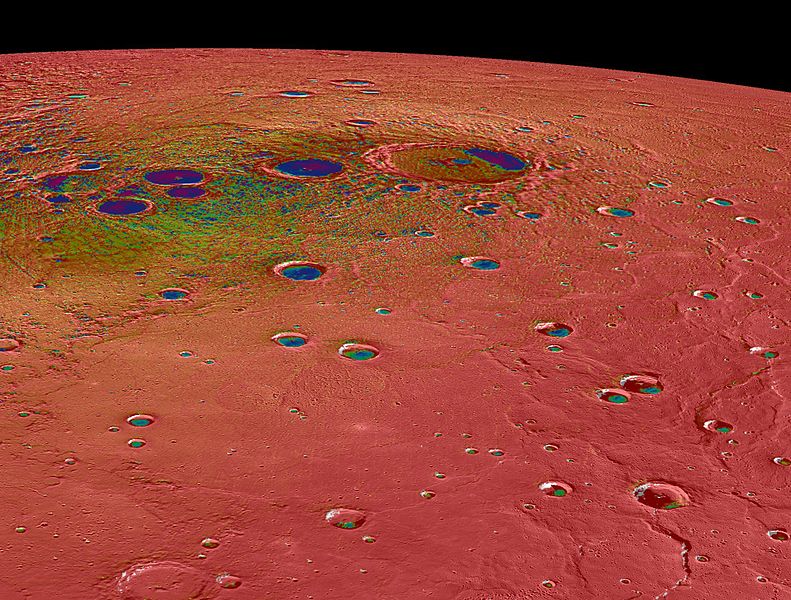Fail:PIA19247-Mercury-NPolarRegion-Messenger20150316.jpg
Ilme

Selle eelvaate suurus: 791 × 600 pikslit. Teised eraldusvõimed: 317 × 240 pikslit | 633 × 480 pikslit | 1013 × 768 pikslit | 1280 × 971 pikslit | 2044 × 1550 pikslit.
Algfail (2044 × 1550 pikslit, faili suurus: 714 KB, MIME tüüp: image/jpeg)
Faili ajalugu
Klõpsa kuupäeva ja kellaaega, et näha sel ajahetkel kasutusel olnud failiversiooni.
| Kuupäev/kellaaeg | Pisipilt | Mõõtmed | Kasutaja | Kommentaar | |
|---|---|---|---|---|---|
| viimane | 17. märts 2015, kell 01:32 |  | 2044 × 1550 (714 KB) | Drbogdan | User created page with UploadWizard |
Faili kasutus
Seda faili kasutab järgmine lehekülg:
Globaalne failikasutus
Järgmised muud vikid kasutavad seda faili:
- Faili kasutus vikis af.wikipedia.org
- Faili kasutus vikis ar.wikipedia.org
- Faili kasutus vikis be.wikipedia.org
- Faili kasutus vikis bg.wikipedia.org
- Faili kasutus vikis ca.wikipedia.org
- Faili kasutus vikis cs.wikipedia.org
- Faili kasutus vikis en.wikipedia.org
- Faili kasutus vikis fr.wikipedia.org
- Faili kasutus vikis it.wikipedia.org
- Faili kasutus vikis nl.wikipedia.org
- Faili kasutus vikis pl.wikipedia.org
- Faili kasutus vikis pt.wikipedia.org
- Faili kasutus vikis www.wikidata.org


